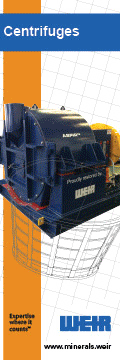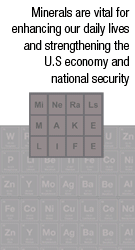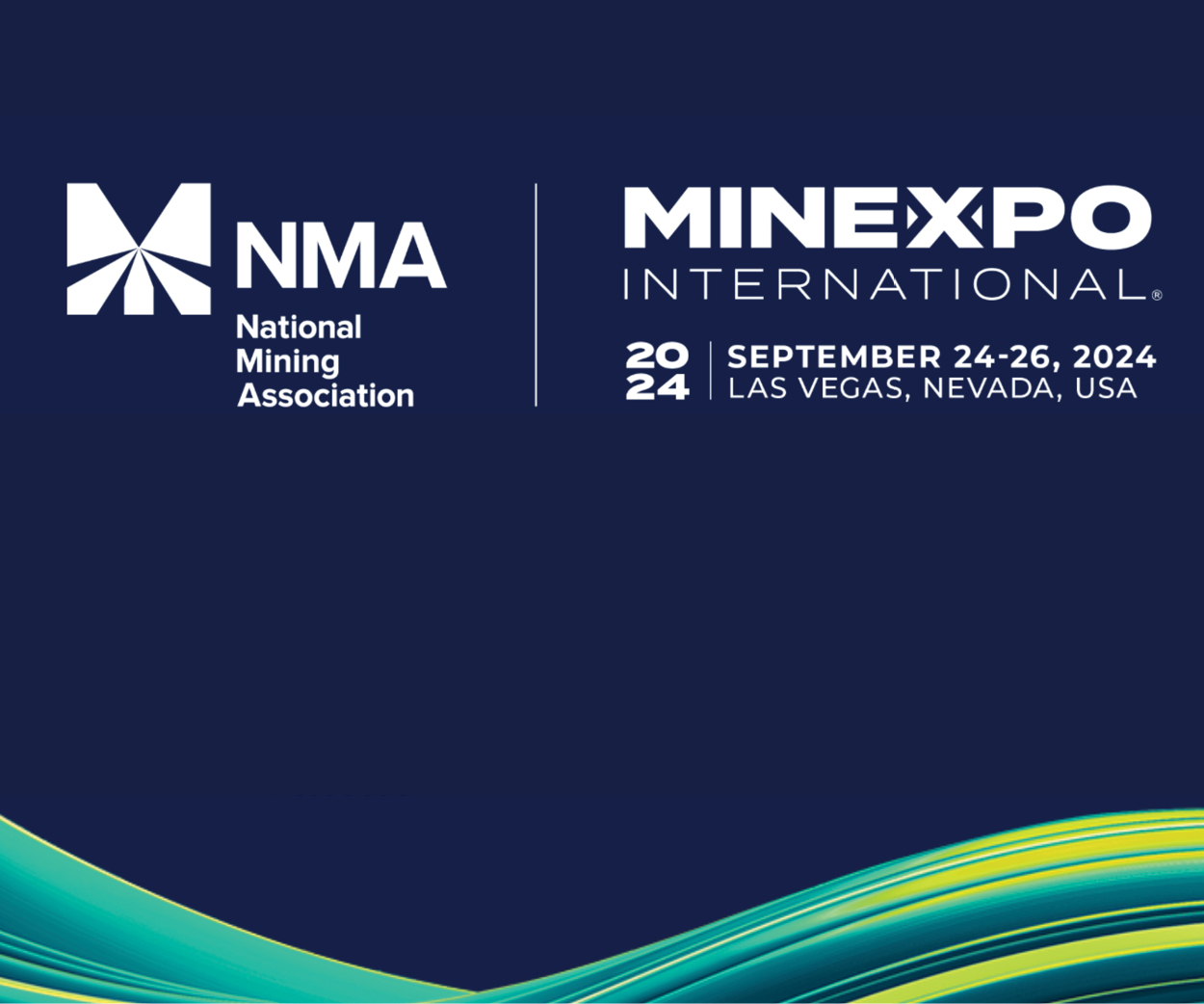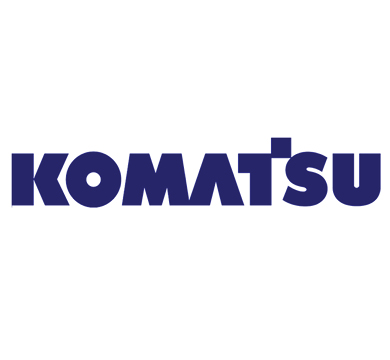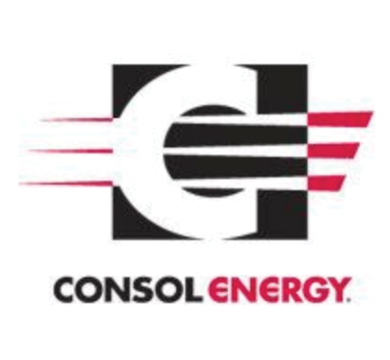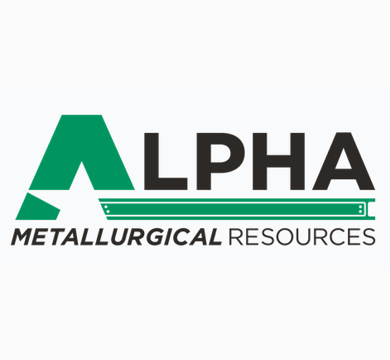Gensource Set to Begin Construction on Its Tugaske Potash Mine, Canada
Construction is set to begin this year on a Saskatchewan potash mine with a far smaller environmental footprint than industry norms, according to the company’s CEO.
“We really believe this is the beginning of a new era of potash production. This will be the way potash is produced in the future,” Gensource CEO Mike Ferguson said.
The Tugaske potash mine, located roughly 150 kilometres northwest of Regina, will use far less water than others, Ferguson said. A typical mine of this type requires four kilograms of water to produce one kilogram of potash, but Tusaske Tugaske will need only about 1.5 kilograms. This will be accomplished through new technology and more extensive water recycling, he said.
Ferguson said new technology will also allow Tugaske to become the first potash mine in Saskatchewan with no tailings ponds. These often-massive surface level structures are used to store the salt and other waste products brought to the surface with the potash.
A typical mine of this type brings up two kilograms of salt waste for every kilogram of potash produced. The technology used at Tugaske will separate the potash before it’s brought to the surface, Ferguson said.
He said the new measures are good for their profits, but will also be good for the environment.
“Technology comes along and changes things. We don’t use steam engines any more,” Ferguson said.
Ferguson said construction will only take two years, in part because of the Tugaske’s smaller scale. It’s expected to produce 250,000 tonnes of potash per year, compared with larger mines that produce millions.
Meanwhile, BHP is going ahead with its Jansen potash mine, which would be the world’s largest, east of Saskatoon. An BHP official sent along company information stating Jansen will also decrease water use significantly — as much as 60 percent — but there didn’t appear to be any information on tailings.
Saskatchewan Environmental Society vice president Robert Halliday said water use and salt waste are two of the big concerns with potash mines. He said the Tugaske project, “certainly sounds interesting.”
Halliday noted Gensource also plans to generate power on site, which will further improve the environmental footprint.
“It appears that they are considering some good things,” Halliday said.
He said he’ll be watching as it develops and hopes any improvements will be adopted across the industry.
Source: CBC
About Gensource
Gensource Potash is a fertilizer development company based in Saskatoon, Saskatchewan and is on track to become the next fertilizer production company in that province. With a small scale and environmentally leading approach to potash production, Gensource believes its technical and business model will be the future of the industry. Gensource operates under a business plan that has two key components: (1) vertical integration with the market to ensure that all production capacity built is directed, and pre-sold, to a specific market, eliminating market-side risk; and (2) technical innovation which will allow for a small and economic potash production facility, that demonstrates environmental leadership within the industry, producing no salt tailings, therefore eliminating decommissioning risk, and requiring no surface brine ponds, thereby removing the single largest negative environmental impact of conventional potash mining.
To stop by Gensource’s website, CLICK HERE
Be in-the-know when you’re on-the-go!
FREE eNews delivery service to your email twice-weekly. With a focus on lead-driven news, our news service will help you develop new business contacts on an on-going basis.
CLICK HERE to register your email address.





